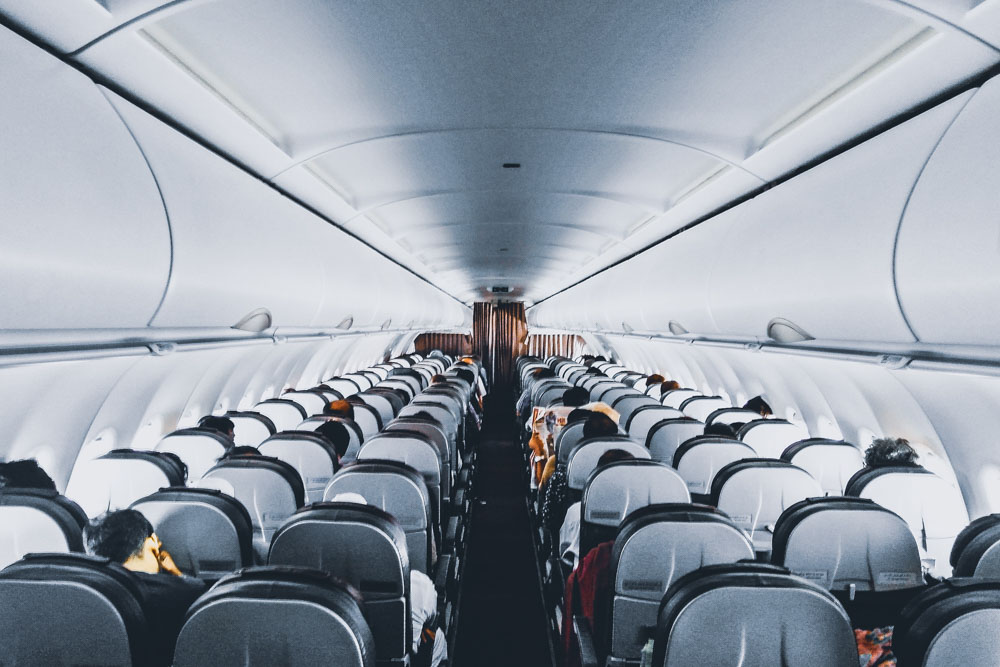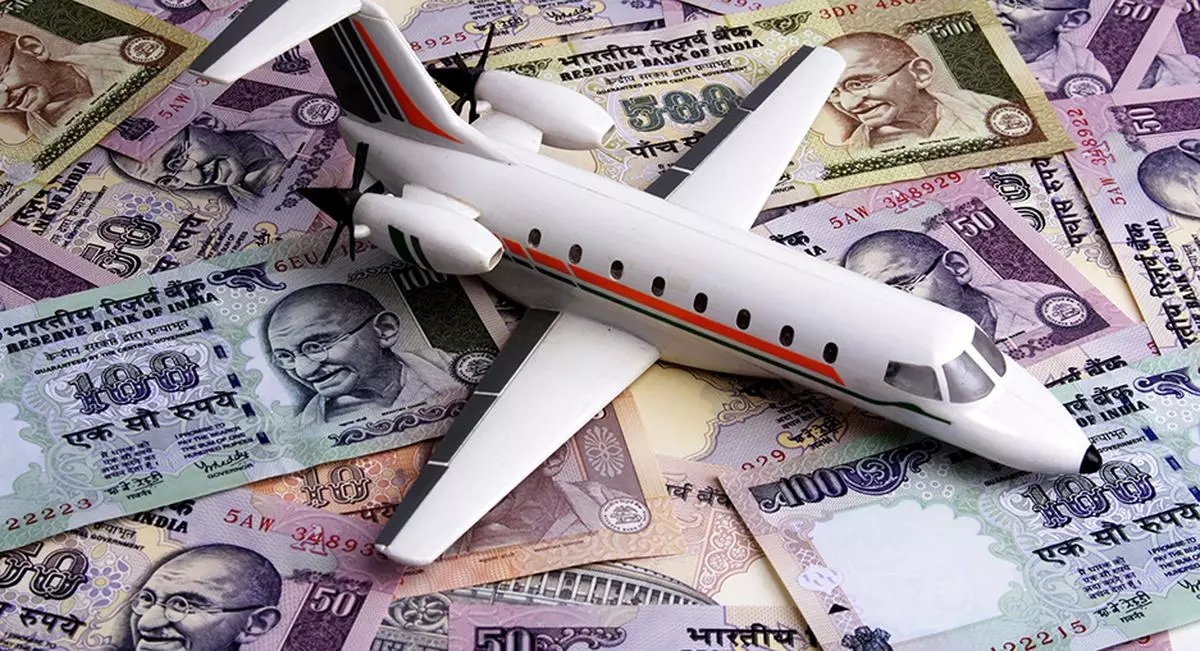Indian Airlines Are Estimated A $1.6-1.8 Billion Loss In FY24: CAPA
According to a revised estimate from aviation consulting firm CAPA India, airlines may report a consolidated loss of $1.6 to 1.8 billion in FY24.

A $1.6-1.8 Billion Loss Is Estimated For Indian Airlines In FY24: CAPA.
Indian airlines are poised for another challenging year because of rising prices and chilly demand. According to a revised estimate from aviation consulting firm CAPA India, airlines may report a consolidated loss of $1.6 to 1.8 billion in FY24.
The firm estimates that Indian airlines will net introduce 132 planes over the course of the upcoming fiscal year, bringing the total fleet of all carriers to about 816 aircraft. It said that there are about 100 Indian carriers on the ground.
Costs are a major factor in why the majority of airlines in India do not turn a profit. All airline companies should manage their costs properly and as little as feasible in order to stay in business.
The cost climate is still hostile. Costs for fuel, money, labor, airport fees, and aircraft ownership are all rising as a result of both inflation and currency depreciation.
Costs associated with owning an aircraft are expected to start increasing with rising Loan Rates too. In the near to medium term, the cost base would continue to be a structural risk, according to CAPA India’s mid-year assessment.

The full-service carriers are predicted to lose between USD 1.1 billion and USD 1.2 billion.
CAPA India noted that more than 100 aircraft from different Indian carriers are grounded because of Supply Chain and non-supply chain challenges when giving its outlook for 2023–2024.
Costs would be under pressure if ATF prices rose. Also, it added that a drop in yields can occur because of a considerable increase in capacity.
Domestic and international aviation traffic is estimated to increase by at least 20% year over year in FY2024, reaching between 160+ million and 72-75 million, respectively, according to the report.
Future deliveries can be affected by Supply Chain problems that are projected to persist in FY24.

According to CAPA India, this could cause liquidity problems for several carriers since the income from sale and leaseback finance may be lower than expected. Also, the fleet’s older, less fuel-efficient aircraft will need more maintenance as a result of the delayed deliveries of new, fuel-efficient aircraft.
Particularly since Q1 FY23, yields have been high. In actuality, they are at all-time highs. According to CAPA India, they are still not enough to cover the entire cost rise.
The consultant firm has warned that a return to pre-covid traffic will not be adequate for the next two years and that balance sheet strength and recapitalization will be Essential. Over the next two years, Indian airlines will need to raise $3.5–4 billion in the capital.
Some airlines will be able to raise money through Loan and sale-leaseback financing, while the remaining $1.5-2 billion in capital would need to be provided by Equity, according to CAPA India.
During FY23, domestic traffic is estimated to be in the region of 130 million, while foreign traffic is estimated to be in the range of 55–60 million. The Foreign Capacity for FY23 is expected to be around 10% lower than the pre-COVID level, while domestic capacity is estimated to be similar to the pre-COVID level.

India Airline Industry
The Indian airline industry had been precariously balanced. This was the case even before the virus started spreading, primarily as a result of Intense Rivalry and expensive costs. Between 2020 and 2021, infections spread quickly across the country, crippling the industry.
Both domestic and international aviation travel was subject to a lockdown and movement limitations. The lack of any excise duty reductions or other tax breaks in this year’s budget left the sector unhappy.
Yet, as the global economy gradually recovers, the Indian airline business notices some perks. Low oil prices, the opening of local and international travel, the simplification of travel-related paperwork for Air Travelers, and possible profits for airline operators following Jet Airways’ grounding are a few of these.
Several factors are driving the market’s expansion, including the increase in air traffic demand, the growing middle class and its disposable money, the demographic dividend, the nearly 1,200 planes that different Indian airlines have ordered, and the development of the aviation infrastructure.
More than 1,100 aircraft have been ordered by Indian airlines for delivery over the next few years. The largest airline in the country, IndiGo, would receive almost 500 new planes, followed by Go First with 72, Akasa Air with 56, and Vistara with 17. In addition, SpiceJet has ordered planes. They’re all narrow-body aircraft.
The domestic airlines have at least 1,115 planes on order in total, including Air India.
India has about 700 commercial aircraft, most of which are narrow-body models. There are around 470 Airbus planes and 159 Boeing planes in use now.
The aviation market in India is the third largest and rising the fastest in the world.
According to Union Minister Jyotiraditya Scindia told a source that the day Akasa Air began conducting business, the country’s civil aviation sector is set for phenomenal and healthy growth in terms of passengers, airplanes, and airports, with the number of air travelers estimated to reach 40 crores by 2027.
According to an expert in the aviation sector, the sale of Air India to the Tata Group and the ensuing aircraft order shows the effectiveness of the government’s disinvestment program and the feasibility of carrying out sizable, politically delicate transactions.
Nowadays, foreign airlines carry almost 60% of all Indian passengers flying internationally. This indicates that only roughly 40 of every 100 such passengers are transported by Indian airlines.
This will alter once Air India begins using the new aircraft, which will also increase air connectivity from State Capitals as well as significant commercial and tourism hubs to the international markets, the expert said.
He stated that the airline industry has a multiplier effect on the economy and that operating one aircraft can generate between 150 and 200 jobs.
edited and proofread by nikita sharma




